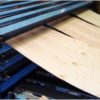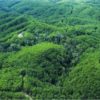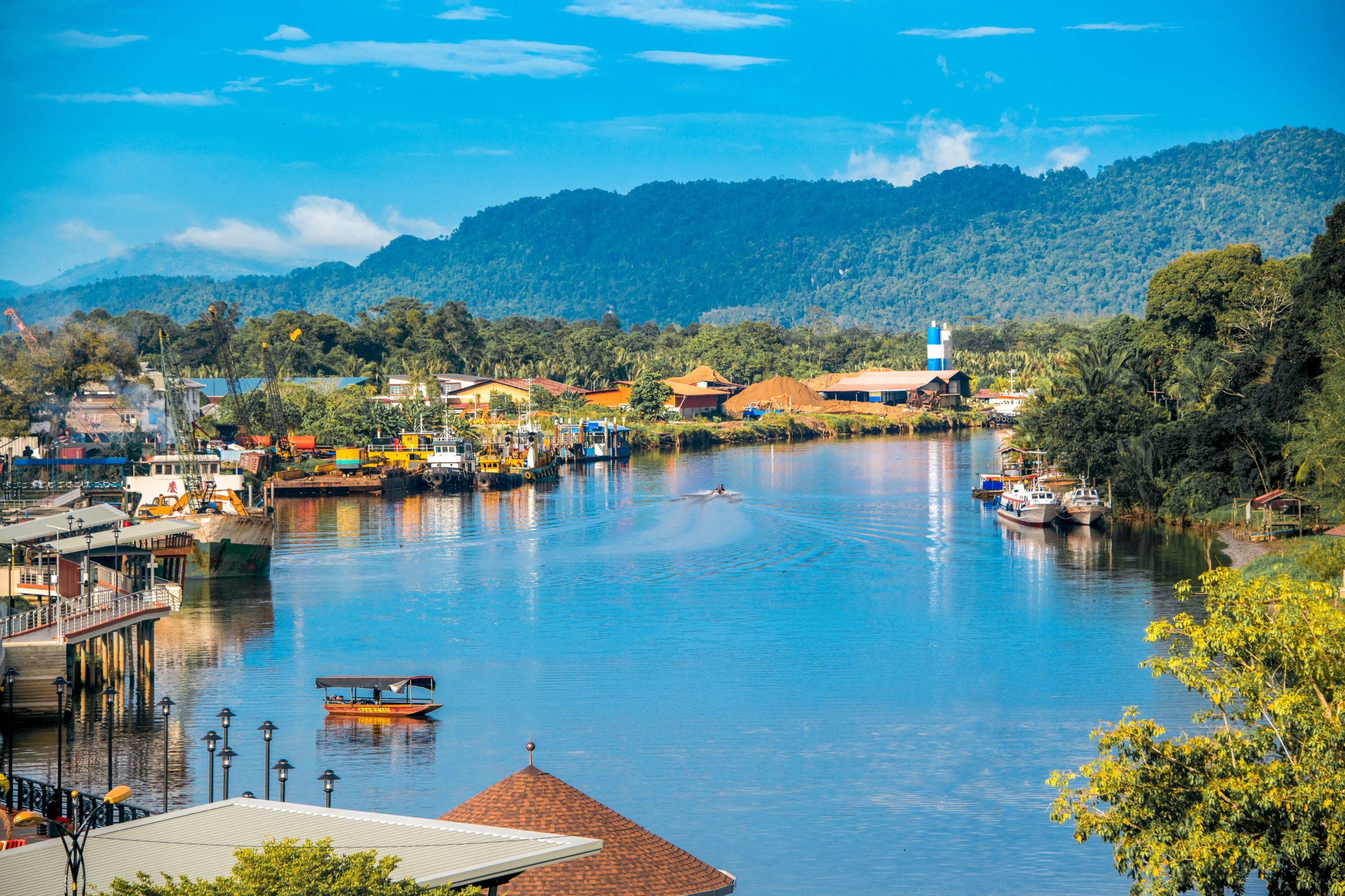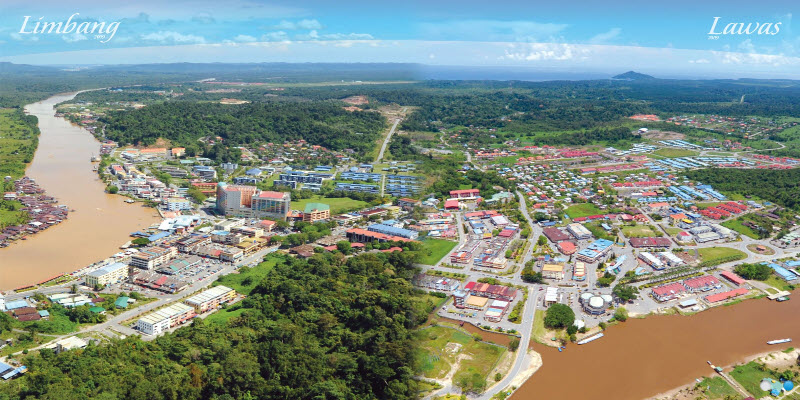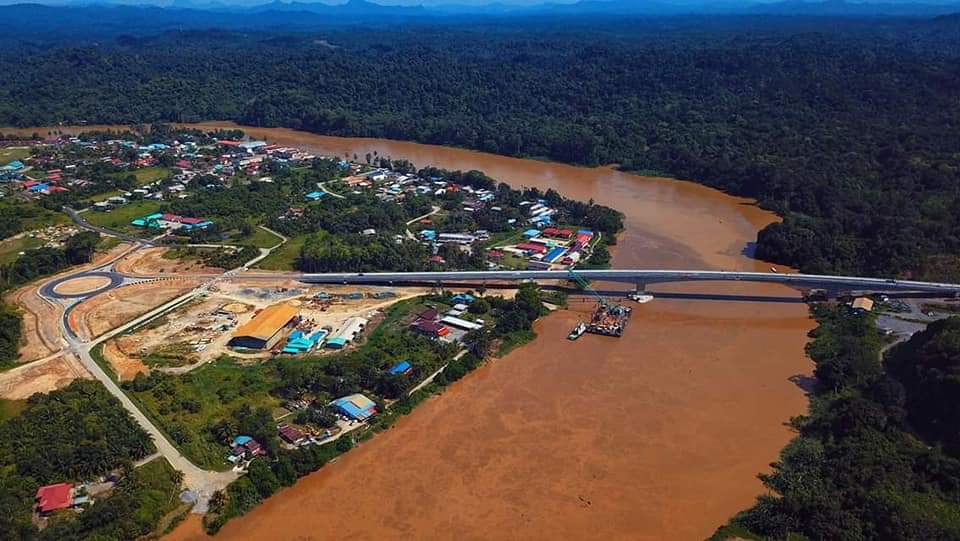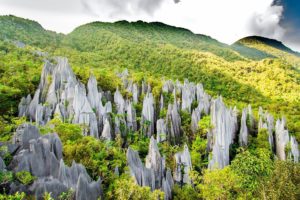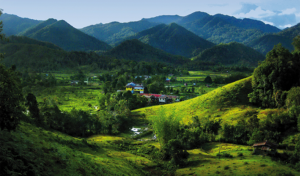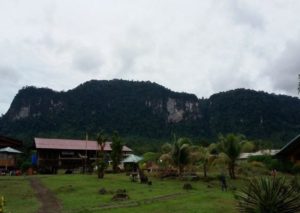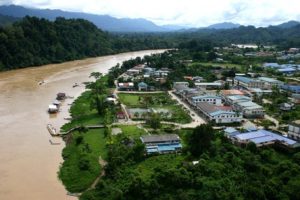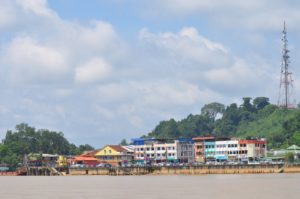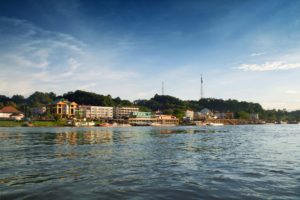Timber-based Industries
Timber-based Industries
Industry transformation will add value to Sarawak’s exports.
Sarawak has a clearly defined strategy for the development of its timber and timber products industries, aimed at attracting new investment and encouraging them to migrate from basic commodity timber production to the manufacture of high-value components and finished goods for export.
Bulk commodity producers inevitably have little control over pricing, which is determined by world markets. But value-added manufacturers that can build brands based on the timber industry will be able to set their own prices and ensure that they can get good and consistent returns on their investments.
Even during the economic uncertainties of recent years, the world’s consumption of higher-value processed timber products has continued to grow.
The timber-based industries continue to be the fourth-largest contributor to Sarawak’s GDP, after oil, gas and palm oil, but the shape of the sector is already changing.
While plywood, logs, pulp and sawn timber still account for most of Sarawak’s timber exports, the switch towards a sustainable industry model is well under way. Bulk production of logs is already decreasing, with the state’s recently-introduced log export quotas backed up by more effective regulation and enforcement and heavy penalties.
Demand for high-value processed timber products will continue its upward trend, both regionally and globally, though competition within the ASEAN markets will increase as other countries rapidly expand their use of forest plantations.
For producers in the SCORE area, the key to maintaining a competitive edge will be imaginative investments in downstream timber processing activities and the development of a skilled and flexible workforce.
The SCORE development strategy for the timber industry calls for a rapid shift of emphasis from bulk timber production to added-value processing and the manufacture of finished goods for export.
It also envisages the transformation of the forestry sector to higher-yielding forest plantations and the replacement of today’s export quotas with an eventual ban on the export of logs.
Financial incentives and long-term tax breaks are in place to encourage investors who see the potential in this transformation of the industry.
With the right investment in facilities for timber product manufacturing – paper, panels, mouldings and ultimately furniture – and the development of new skills, Sarawak and its business partners will be able to make a significant and profitable move up the value chain.
This change will require Sarawak to equip itself with more skilled workers and better, more creative standards of furniture design.
The federal government has recently set up the Design Enhancement Unit, involving top international furniture companies and design studios in a programme of workshops, seminars and even overseas work placements to help Malaysian furniture designers refine their skills.
The timber industry is labour intensive, and its expansion will have a huge impact on rural employment in Sarawak, and on the state’s economy. There could be 110,000 new jobs by 2030 and the potential contribution to GDP is estimated at USD4.5 billion, almost rivalling that of the aluminium industry. These figures include both upstream and downstream activities.
Plantation-based methods are likely to provide a major boost to log production, as timber yields from plantations are three to five times higher than those from forest logging. But the big breakthrough will be the forecast expansion in exports of value-added wood products (excluding sawn timber, veneer and plywood), from today’s 7% of total timber exports to 58%.


